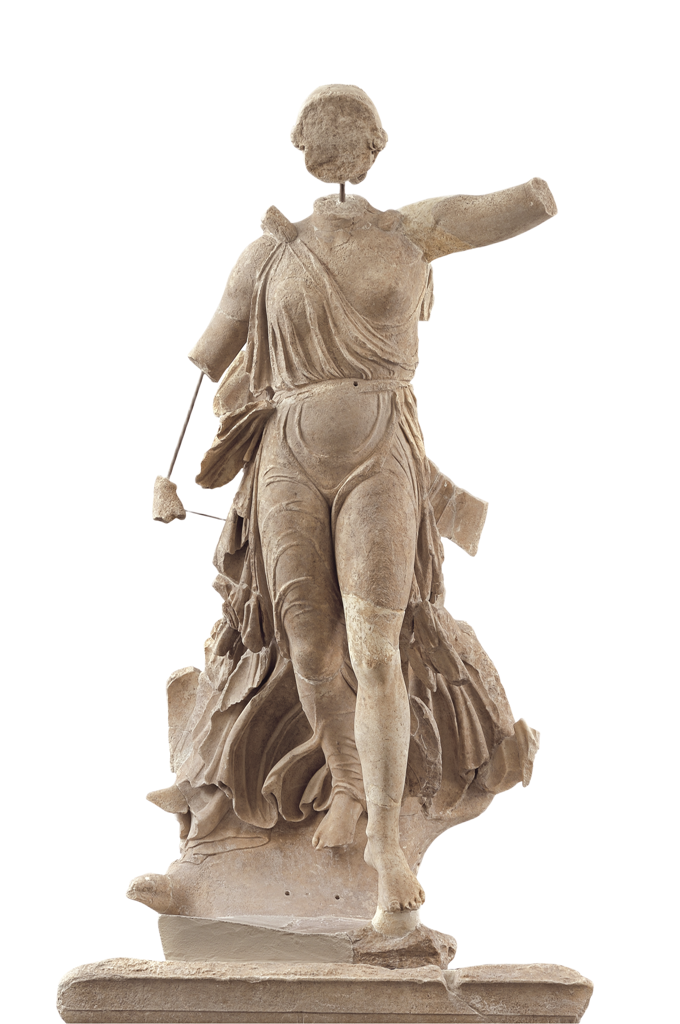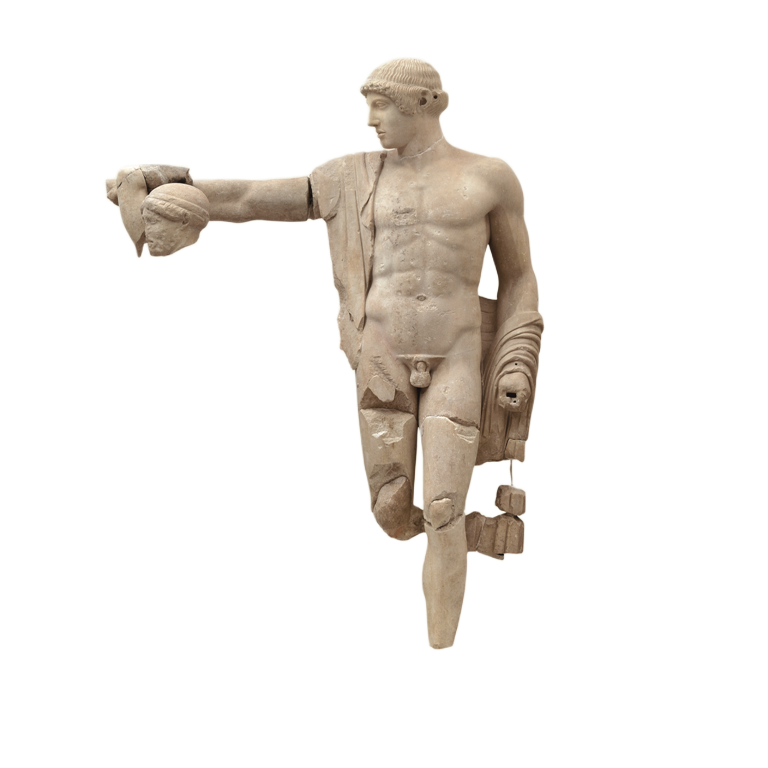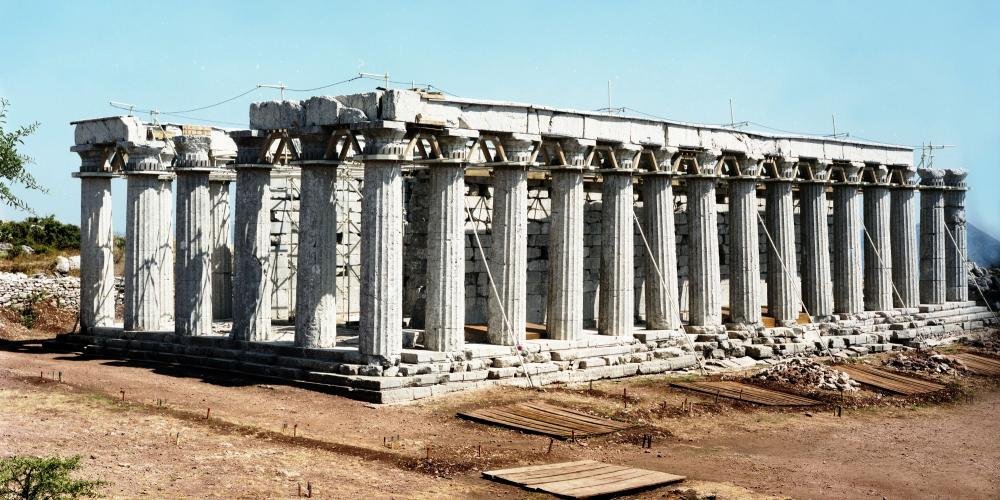The Sacred Site of Olympia
The archaeological site of Ancient Olympia includes the Sanctuary of Zeus, featuring temples and buildings intimately linked to religious worship.
It also includes secular, administrative and athletic facilities such as the Prytaneion, the Leonidaion, the Gymnasium and the Palestra, and the first Stadium in the history of architecture.
All the buildings, together with the altars and the valuable offerings, supported the organization and celebration of the Olympic Games and gave immense fame and prestige to the Sanctuary of Zeus in Olympia.
These well-preserved monuments offer a vivid glimpse into the integration of athletic, civic and sacred life in ancient Greece.










